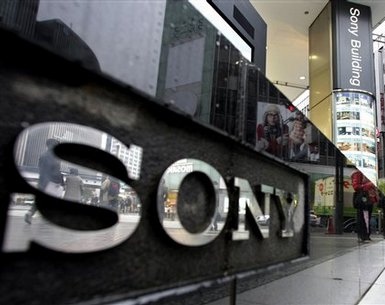
Sony first focused on bringing its PSN online in the United States, and then Hong Kong and South Korea. The company first brought the service back online in California and New York before turning the service back on in the rest of the United States. It then began bringing the PSN back online in other countries. The company began phased restoration of its PSN service in Japan at the end of May.
[aditude-amp id="flyingcarpet" targeting='{"env":"staging","page_type":"article","post_id":306499,"post_type":"story","post_chan":"none","tags":null,"ai":false,"category":"none","all_categories":"games,","session":"D"}']The network was offline for 24 days in the United States, and longer in other countries. The company took the PSN down after hackers were able to break in and steal sensitive information about more than 100 million customers. Sony laid indirect blame for the PSN’s downtime on hacktivist group Anonymous, which typically rallies a group of loosely connected hackers under moral or political banners.
PlayStation 3 and PlayStation Portable owners were unable to download new content for their games and play online with other players. The downtime came at a critical time for two major releases — Portal 2 and Mortal Kombat, both of which prominently featured online play and had received a good deal of critical acclaim.
Sony offered PSN users free games and a whole batch of other welcome-back goodies — like free subscriptions to the company’s premium PlayStation Plus version of the PSN — to entice players to continue using the PSN. The packages will probably appease a large number of console and handheld gaming device owners. But a lot of gamers — myself included — already own those Triple-A titles, and find they aren’t really worth as much as they used to be.
Sony’s online network is a critical service that competes with Microsoft’s Xbox Live online gaming service among others. There are also 948 games now available in the PlayStation Network store, as well as 4,000 pieces of add-on content for games. VentureBeat previously published a timeline for the PlayStation Network outage. You can view the full video of Sony Chief Executive Kazuo Hirai (pictured above) detailing the return of the PSN at the PlayStation blog.